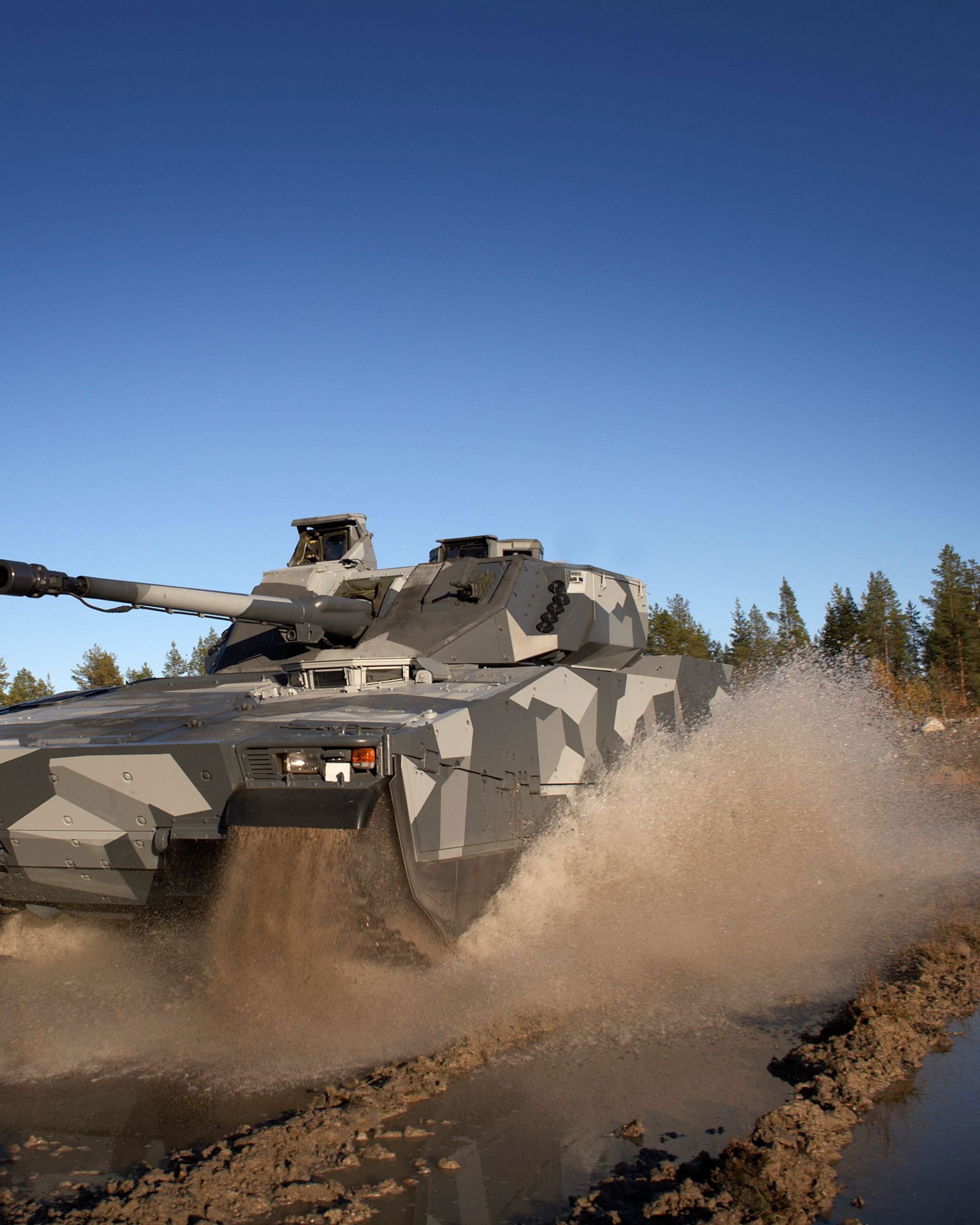Anti Aircraft Gunner - While every effort has been made to follow the citation style guidelines, some deviations are possible. If you have questions, consult the appropriate style guide or other sources.
Anti-aircraft gun, an artillery weapon fired from the ground or from a ship to defend against air attack. The development of anti-aircraft weapons began in 1910, when the airplane first became an effective weapon. In World War I, artillery pieces up to 90 mm (3.5 in) caliber were converted for anti-aircraft use with mounts that allowed them to fire almost vertically. Aiming methods were inadequate, however, and the decades between the two world wars saw great progress in the development of rangefinders, searchlights, time fuzes, and gun mechanisms to help artillery shells hit fast-moving targets from aircraft.
Anti Aircraft Gunner

World War II introduced rapid-fire and automatic anti-aircraft guns, radar was used to track targets, and a tiny radio short-range fuze detonated the munitions as they approached the target. Against dive bombers and low attack aircraft, the 40 mm (1.5 in) gun, first produced by the Swedish company Bofors, was widely used by British and American forces. It fired 2-pound (0.9 kilogram) shells at a height of 2 miles (3.2 km) at a rate of 120 rounds per minute. The Soviets built their 37mm gun on this gun. Heavier anti-aircraft guns, caliber up to 120 mm, were used against high-flying bombers. The most effective of them was the German 88 mm
How Germany's 88mm Anti Aircraft Gun Introduced The Flak Into The Military Lexicon
In 1953, the US Army introduced the Skysweeper, a 75mm automatic gun that fires 45 rounds per minute, aiming and firing with its own radar-computer system. With the introduction of surface-to-air guided missiles in the 1950s and 60s, heavy anti-aircraft guns such as this were phased out, although 20-40mm radar-guided automatic guns continued to provide protection against low-flying aircraft and helicopters. An Indian soldier sits in an L70 anti-aircraft gun near the Line of Actual Control in Pradesh. Photo: AFP
The Indian Army has deployed upgraded L-70 anti-aircraft guns along the Line of Actual Control (LAC), which separates India from China.
The deployment of the modernized weapons system is part of India's initiative to increase overall operational readiness amid the ongoing conflict in eastern Ladakh that began last year.
According to Captain Saria Abbasi of the Indian Air Defense Force, the gun has improved target tracking and automatic target tracking capabilities, enabling it to shoot down UAVs in all weather conditions.
A British Army Anti Aircraft Gun Crew From The Royal Artillery... News Photo
The L-70 is equipped with a barrel velocity radar that increases its accuracy. The gun can also be integrated with tactical and fire control radars for added flexibility.
Along with anti-aircraft guns, India has deployed M-777 howitzers and Swedish Bofors guns along the Chinese border.
Originally manufactured by Swedish defense company Bofors AB in the 1950s, the old weapon was recently modified by Bharat Electronics Limited after tensions escalated in eastern Ladakh.
The weapon is equipped with new electric drives, high-resolution optical electric drives, thermal imaging and daytime television cameras, and a laser range finder.
Old Anti Aircraft Guns Are Being Used Against Drones In Ukraine
In September, the military demonstrated the capabilities of this weapon when it intercepted a commercially purchased unmanned aerial vehicle 0.6 meters wide. However, despite the successful test, the system still needed to be refined before it could be deployed to protect the territory.
"The limitations of advanced weapons have been overcome by incorporating state-of-the-art components and latest technologies, making it a powerful weapon system against all low-level air threats," explained Abbasi, as quoted by The Hindu.
We use cookies or similar technologies on our website to analyze traffic. You accept the use of cookies or other identifiers by closing or rejecting this message, clicking on a link, button or continuing to browse this website. I agree. Preview size: 716 × 599 pixels. Other resolutions: 287 × 240 pixels | 573 × 480 pixels | 917 × 768 pixels | 1223 × 1024 pixels | 2446 × 2048 pixels | 3380 × 2830 pixels.
The 3.7-inch QF anti-aircraft gun was the primary British heavy anti-aircraft gun during World War II, equivalent to the slightly larger 94mm German 88mm FlaK. It remained in use after the war until anti-aircraft guns were replaced by guided missiles in the late 1950s.
Soviet 85mm Anti Aircraft Gun W/4 Crew (snap Kit) 1/72 Zvezda
This Flickr image was originally posted by Jim Linwood at https://www.flickr.com/photos/54238124@N00/3558172815. It was reviewed by FlickreviewR on July 4, 2009 and licensed under cc-by-2.0.
{{Info |Description= The 3.7-inch QF anti-aircraft gun was the primary British heavy anti-aircraft gun during World War II, equivalent to the German 88mm FlaK with a slightly larger 94mm caliber. It remained in service after the war until it was replaced by anti-aircraft guns
This file contains additional information, such as Exif metadata, that may have been added by the digital camera, scanner, or software used to create or digitize it. If the file has been modified from its original state, some details, such as the time stamp, may not exactly match the details of the original file. The time stamp is only as accurate as the clock in the camera, and it can be completely wrong.
20mm anti aircraft gun, anti aircraft machine gun, anti aircraft ww1, russian anti aircraft gun, nerf anti aircraft gun, anti aircraft gun games, ww1 anti tank gun, bofors anti aircraft gun, lego anti aircraft gun, buy anti aircraft gun, anti aircraft gun, 57mm anti aircraft gun


0 Comments